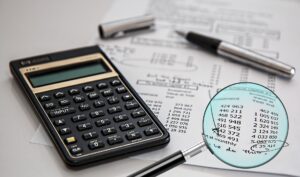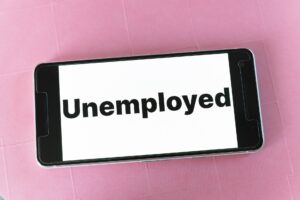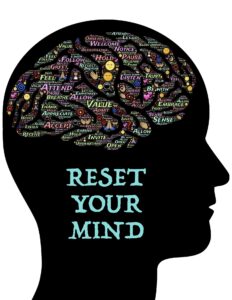A couple of weeks ago there was a Twitter conversation about a guy who had worked for 25 years, contributing to NSSF. After 25 years of contributing around KES 200 to NSSF, he was expecting less than a hundred thousand worth of pension savings. If that is not crazy to you. I really do not know what it is.
So let’s talk about retirement planning and what exactly it takes to retire comfortably.
I have had these conversations with 20-30-year-olds and the majority of them feel that retirement planning at their age is a bit far-fetched. But if you run the numbers, the amount it will take you to retire comfortably, you will discover that the best time to start retirement planning and saving towards that was yesterday.
What exactly is retirement? Financially speaking, retirement is not an age, it is a financial state. You can get to the traditionally considered retirement age of 55, 60, or 65, and still be broke. So retirement is the financial state where working is optional because the investments that you made during your work life are enough to sustain your monthly expenses in perpetuity. That’s you see people retiring even at 35 because the investments they have made generate for them adequate and reliable cash flow.
The most important thing in retirement is cash flow, money coming in on a regular basis as your salary. This is called an income replacement ratio. What does that mean? Let’s assume that right before you retired, you were earning maybe KES 150,000. A good income replacement ratio means that your investment or wherever your money is coming in from is giving you roughly that amount.
Retirement is a financial goal and like all financial goals, you must attach a number to it. What will it take for you to retire comfortably? Let’s get that number.
Step I: Determine your total monthly expenses
To get your retirement number or what is called Financial Independence Number (FI Number), you need to first determine what your total monthly expenses are. This is important because when saving up for retirement you need to have a rough estimate of what your monthly expenses when you retire will be. There are three ways you can go about this. Either determine what your total monthly expenses are or determine what your total monthly income is or determine the things you will need on a monthly basis when you retire.
Throughout these steps, we will assume a monthly income/monthly expenses of KES 70,000 to help us in the calculation. You can use any figure that fits your situation. Now you realize that you wouldn’t accurately determine your monthly expense figure if you don’t have a budget? Budgeting is the basis of all healthy personal finance habits. Grab a legacy budget tracking template for yourself and start budgeting today.
Step II: Determine your annual expenses and your FIN
To determine your annual expenses, you will take your total monthly expenses and multiply by 12 months. In the case of the example, we are using it will be KES 70, 000 x 12 months which gives us KES 840,000.
Now we take the annual expenses and multiply that by 25. We are not multiplying by 25 because we are assuming 25 years post retirement but because it is a financial rule of thumb, just like the 50-30-20 rule of budgeting. This 25 comes from the 4% rule of determining how much money you would need to save or have in investments to help you retire comfortably. And the 4% rule dictates that to retire, you should be able to comfortably withdraw 4% of your retirement savings per year in perpetuity. So it is a wise strategy to invest for retirement where you can earn a minimum return of 4% or 5% p.a. Because this means you will be able to comfortably withdraw 4% from your investments on an annual basis.
If we multiply that KES 840,000 by 25, we get 21 million worth of investments. This means that someone with a monthly expense of KES 70,000 needs to have an investment of 21 million earning them a minimum return of 4% p.a for them to retire comfortably. The 21 million is the tentative financial independent number. Why do I say tentative? Because we have not factored in inflation.
Step III: Adjust your FIN for inflation
So we have calculated this person’s Financial Independence Number to be 21 million. How many millions is it for you?
But remember also, that the 21 million has not factored in inflation. Inflation is one thing you don’t want to ignore in all your financial calculations, be it savings or investments. Currently, in Kenya, inflation is at 7%. This means that in a year’s time, the 21 million will be 7% less its value.
Consider even a 10% inflation rate and see how much your adjusted FI number is. The point is, although the FI number is a good place to start for retirement savings, you want to prepare for any way the economy will scale. So the person with KES 70,000 monthly expenses is probably looking at more than 21 million in terms of how much they need in retirement savings or investments.
Now remember we’ve worked with 70 K, or a hundred K depending on your situation, but life is not fixed in stone. Maybe you don’t have babies right now and when you do, your expenses will increase.
This tells us that the Financial Independence Number is too fixed. Ideally, it is supposed to act as a guide that we should periodically review and adjust as your expenses and family dynamics change.






